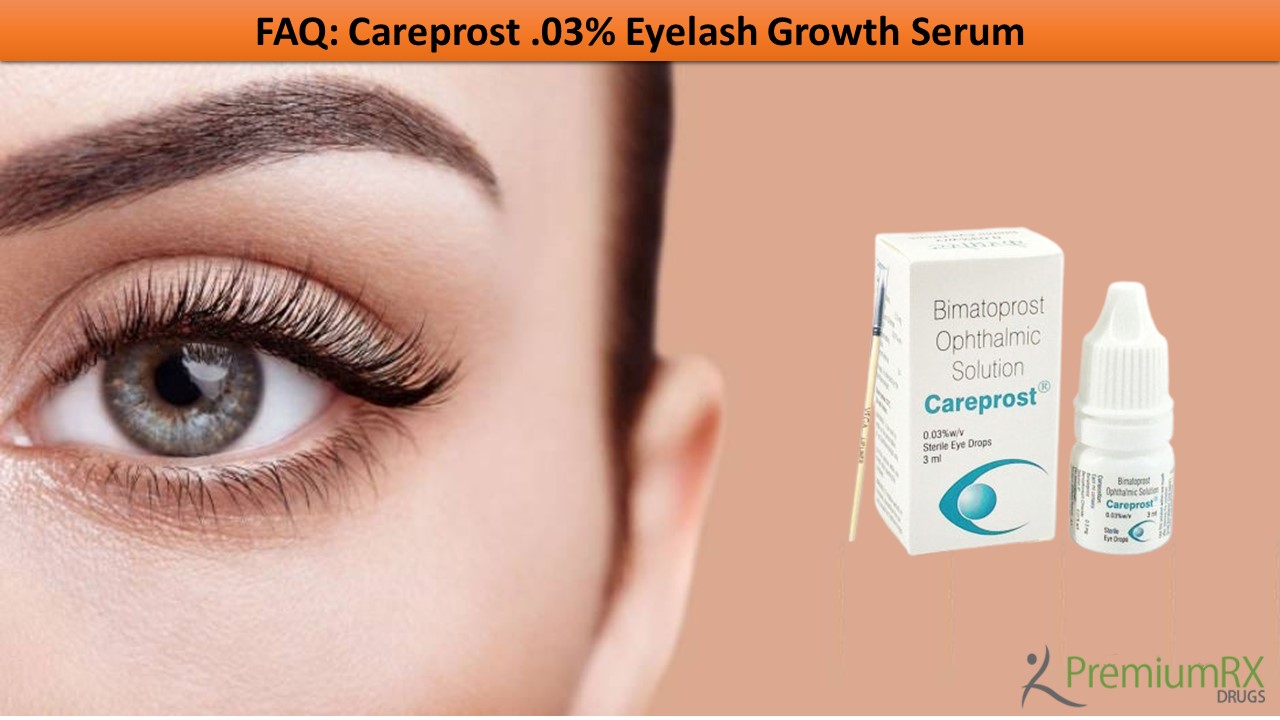Eyelashes are important anatomical structures that protect the eye by preventing particulate matter from getting to the eye and diverting wind and water. Eyelashes also have strong senses, making them capable of detecting foreign particles with appropriate responses from the eyelids. Many congenital and acquired diseases and conditions can affect your delicate lashes. It is important to identify the cause and recognize how the lashes behave differently from the normal before treating them appropriately.
- Trichiasis
Trichiasis is a condition defined as a normal lash growing inward. During this condition, the lash follicle is normal, but the direction of lash growth is abnormal. Because of the inflammation, there may be a misdirection of the follicle, with the lash growing inwards toward the cornea. In most cases, trichiasis affects the lower eyelid. Causes of Trichiasis include chemical burns, thermal injury, chronic blepharitis, atopic diseases, eyelid trauma, eyelid surgery, herpes zoster, leprosy, eyelid tumors, vernal keratoconjunctivitis, and chalazia.
In most cases, trichiasis affects the lower eyelid, except in cases of chemical burn, where both eyelids are affected, or trachoma, where the upper eyelid is more severely affected. Chlamydia trachomatis give rise to trachoma. Those with trachoma, eyelid margin, and conjunctiva inflammation will cause a combination of trichiasis and entropion. Scarring of the cornea and corneal opacification can occur.
Treatment
Short-term relief may be obtained by epilating the eyelashes or inserting a bandage contact lens. Surgical treatment is only recommended after active inflammation is brought under control. Numerous techniques can permanently destroy the roots of the offending eyelashes. These techniques include electrolysis, argon laser, epilation, radiofrequency, eyelash bulb extirpation, cryotherapy, surgical repositioning, trephination, and resection of the lash follicle.
- Distichiasis
Distichiasis is defined as a separate row of eyelashes that are present behind the normal row of eyelashes. These eyelashes are fine with little pigmentation but will contribute to corneal irritation. Different forms of distichiasis are seen, from a complete row of eyelashes to an irregular row. Distichiasis may be congenital. Other congenital causes of distichiasis include focal facial dermal dysplasia with upper eyelid lashes present in multiple rows of eyelashes that may be completely absent.
Secondary distichiasis is seen in conditions that give rise to inflammation, leading to metaplasia of the meibomian glands, forming eyelashes within the Meibomian glands. These conditions are like those causing trichiasis, including caustic injuries, meibomian gland dysfunction, blepharitis, and Stevens-Johnson syndrome.
Treatment
The treatment includes epilation, use of trephination, cryotherapy, foliculectomy, lid split, treatment of the abnormal follicles, and radiofrequency treatment.
- Tristichia/Tetrastichiasis
This condition is defined as the presence of a third row of eyelashes. Tetrastichiasis is the presence of a fourth row of eyelashes.
- Hypotrichosis
Hypotrichosis is defined as reduced hair density anywhere in the body and may also affect your delicate lashes.
Treatment
The only effective treatment for this condition is topical bimatoprost ophthalmic solution 0.03%. It is applied to the base of the lash line, resulting in eyelashes that are thicker, darker, and longer. Results are seen in sixteen weeks. Side effects of careprost bimatoprost include increased skin pigmentation, iris pigmentation, and skin irritation. However, these effects will reverse with the discontinuation of the medicine.
- Alopecia Adnata
This term is used to describe underdeveloped eyelashes. Alopecia areata is thought to be an autoimmune process and can also affect eyelashes.
- Madarosis
Madarosis is the loss of eyelashes. In most cases, psychiatric evaluation and treatment are required. Causes may include blepharitis, ocular rosacea, trachoma, certain congenital syndrome, psoriasis, chemotherapy, seborrheic blepharitis, staphylococcal infection, etc.
With such a list of causes of eyelash madarosis, the underlying condition must be diagnosed and treated. Eyelash transplants have not gained popular acceptance because of the risk of trichiasis and lack of hair on the lid margin.
Zinc nutritional deficiency has been reported to cause eyelash alopecia. Acrodermatitis enteropathic, an inherited disorder of abnormal zinc absorption, has also been shown to cause diffuse eyelash loss.
The bottom line!
To maintain the health of eyelashes, it is also important to recognize any changes you experience. With most eyelash issues, treating any condition early leads to better outcomes. Having a few stray lashes may seem unimportant, but it is best to check with your healthcare specialist. Even if there’s a mild issue, your healthcare provider can help you find a solution. If it’s a serious condition like trichiasis, ensure you receive the treatment before your eyes are damaged. You can buy careprost online at affordable price online from Premiumrxdrugs.
Marie
Latest posts by Marie (see all)
- Guide for Careprost as Eyelash Enhancer – Benefits, Usage, Side Effects - July 3, 2025
- Eptoin 50mg Uses, Precautions and Side Effects - July 1, 2025
- Eyelash Goals Unlocked: Why Careprost Is the Ultimate Solution. - June 30, 2025




